Untethered prognostication is what you do waiting for the rain showers to blow through and the sun to reemerge on your long cross country. Me? I sorta do it for a living. (Such as that is.) And I get to do it often enough in front of people who work deep in the industry to see if I’ve landed close to the truth. Like playing Battleship with engineers and PR people.
My latest prognostication jag centers on what’s next for Rotax. And it’s driven by a feeling that there’s no time to waste moving up the horsepower ladder. Here’s my argument.
First, the traditional engine manufacturers have still not recovered from what they say are pandemic-related supply-chain issues, which causes huge delays in deliveries and helps drive prices quite high. In the Experimental realm, where I also live, new engines have become exceptionally more expensive, leading some builders to reassess their budgets and stop their projects where they stand.
Second, Rotax has scored a big hit with the 916. Yes, it’s also expensive, but that extra increment from 141 to 160 hp has opened the door to new performance in several designs that were good on the 915 but are significantly better with the newer engine. Some of those airplanes would be even better with more power.
Third, Rotax takes the world view that its products have to work around the globe, which means they can’t depend on 100-octane fuel. In the next slot up, which I’ll call the 200-220 hp range, we basically have traditional aircraft engines that require big octane to make power. You could, of course, run an even bigger Lyconsaurus at a lower compression ratio but the power-to-weight figures get even uglier. So a Rotax product at this power level that could use, say, the equivalent of a high-octane auto gas (as the 916 does) would be a huge win and provide owners with the option of using auto gas, the currently available 94-octane unleaded avgas that’s sparsely available or something else. Point being that any future engine should be not designed to require 100LL.
Some Perspective
It’s worth looking at where the Rotax line currently fits to help see a potential future. Of course, the 900-series engines are small four-stroke, flat-four engines with a gear reduction drive and liquid-cooled heads. The gear drive allows these small engines, which displace just under 83 cubic inches, to rev higher and make more horsepower. Our traditional engines, unburdened by gearboxes are, in effect, burdened by the inability to rev much higher than 2700-2900 rpm with any usefully sized propeller. As anyone who bases at an airport with a Cessna 185 present, as I am, you know that a big Continental spinning 2850 rpm for takeoff with a large propeller is a gloriously noisy thing. But it’s not something you’d aim for with modern sensibilities or worldwide acceptance in mind.
By gearing the 900-series engines, Rotax allowed them to make more power than their displacement suggests but also to turn their propellers more slowly, which is good for noise and, to some extent, aerodynamics. The downside is weight and complexity, but the relative simplicity of the 900-series engines and their small size more than makes up for it. More advantages to the 900-series designs include modern combustion chambers—especially compared to the ancient chambers found in parallel-valve Continental and Lycoming engines, a good reason these engines need high-octane fuel to make decent power—and liquid cooling. In short, you can run a modern design harder—more compression ratio, more turbo boost—before destructive detonation begins to impact power and the liquid cooling further adds to the detonation margin.
So, What Should Rotax Build?
Let’s get back to the assumption that Rotax needs to build an engine in the 200-220 hp range. (I’ll set aside for now the need for a 300-hp-class engine but not completely ignore it.) I believe the 900 series as we know it has reached its limits. Consider this: The 912 iS makes 100 hp without a turbo on just under 83 cubic inches, which is 1.2 hp per cubic inch—itself more than double the power density of a Lycoming. It needs to make 91 pound-feet of torque at 5800 rpm to do so, and that requires a BMEP (brake mean effective pressure) in the combustion chamber of 165 psi to get there. While the horsepower-per-displacement number seems impressive, that’s actually a modest BMEP, or about what a 180-hp Lycoming runs. Clearly the 912 iS isn’t working all that hard.
But the 916 is. With 160 hp on tap for takeoff (limited to 5 minutes, then it’s 137 continuous), it’s working really hard. First of all, power-per-cube is a really impressive 1.93 hp/cubic inch. For that power, the engine has to make 145 foot-pounds of torque at 5800 rpm, a big jump from the 912’s figures, and that requires a BMEP of 263 psi. That is a huge number, one that really stresses the engine’s ability to resist detonation, which it surely only does through strict electronic control. If you’re old enough to remember the Cosworth DFV Formula 1 engine, you may be surprised to know it made its 500-ish-hp on a BMEP of just 230 psi. Oh, how our heroes have fallen. (And, yes, I know the DFV was not turbocharged…)
Where do we go from here if the current 916 is right on the hairy edge of power production from its displacement? Well, you make it bigger. We’ve all seen the April Fool’s photos of the 912 Photoshopped into a six-cylinder but I personally think Rotax will go with a bigger four. Why? Parts count, mainly. Yes, there are good reasons to have six smaller instead of four larger cylinders, mainly for smoothness. But the manufacturing cost difference in cylinder assemblies of different dimensions is virtually zero. So the fact that the six-banger has one-third more of them only adds to weight and cost. (Though it should be said that if you’re thinking of retrofitting aircraft originally designed for Lycoming engines, weight isn’t quite the enemy you think it is.)
No, I think it’s going to be a bigger four. And knowing that Rotax is a naturally conservative company, I’m thinking incremental from the 900 series. Back-of-the-napkin thinking has a four-cylinder flat engine with a 4.0-inch bore and 2.85-inch stroke. Why? Because this is close to the bore/stroke ratio Rotax uses in the 912 and because the shorter stroke allows the engine to continue to be geared. And if you take the average piston speed seen in the 900-series and apply that to our hypothetical 143 cubic inch engine, you’d have to limit max rpm to 5200.
I’m already way out on the limb so I might as well continue. This hypothetical engine could make 180 hp naturally aspirated on a bit more BMEP than the 912 iS musters. But turbocharged, 220 hp seems easily achievable and even, if you ran this engine as hard as Rotax does the 916, it could theoretically make 250 hp running the same BMEP of 263 psi.
Of course, not everything scales the same way. There’s more internal friction in a larger engine even if the average piston speed is the same—you have more ring area to drag around. And there are countless other interactions that people who do this for a living know about, can predict with the help of a computer and eventually discover when they actually build and test prototypes.
It’s worth noting that Rotax is not the only player in this space. The ULPower 520T engine is impressive in its own right. It’s a 321 cubic inch six-cylinder engine with, like the Rotax, two pushrod-operated valves per cylinder. (Truly, until you decide you need high revs, a two-valve head is plenty; until then, you’re just adding weight and complexity.) The 520T uses a modest amount of boost, just 38 inches for takeoff, and makes 220 hp at 2700 rpm. To do so, it’s making a phenomenal 428 pound-feet of torque from an almost-square bore/stroke ratio of 1.056:1. Heck, even a Lycoming is more “over square” than that, with a bore/stroke ratio of 1.717:1.
The ULPower’s BMEP is a modest 201 psi, above the naturally aspirated Rotax 912’s but well short of the turbo Rotaxes. I think in part this has to do with the ULPower being air cooled. No matter how nice the fins and effective your air-cooling scheme is, it’s really hard to beat the efficiency of liquid cooling. The offset is the weight and complexity of a cooling system, of course, but you have the opportunity to make much more power from any given displacement.
All this discussion is merely educated guessing. I’m 100% sure Rotax is working on an engine in the next horsepower class up. Maybe two classes up. They did develop a pair of high-technology V-6 engines about 20 years ago that they elected not to pursue. There were some anodyne explanations at the time but my educated guess is they couldn’t get them to be weight competitive.
And for all I know they could design the next engine with a more conventional up/down intake and exhaust system that would allow them to make both four- and six-cylinder versions with the same cylinders. I’m also fairly sure Rotax will take a careful approach. The 900 series has been around for more than three decades, carefully developed and curated in that time to double the power output. I don’t see a 400-hp, fire-breathing, flat-eight breaking cover, but I’d be mighty impressed if they did it.
What are your thoughts?


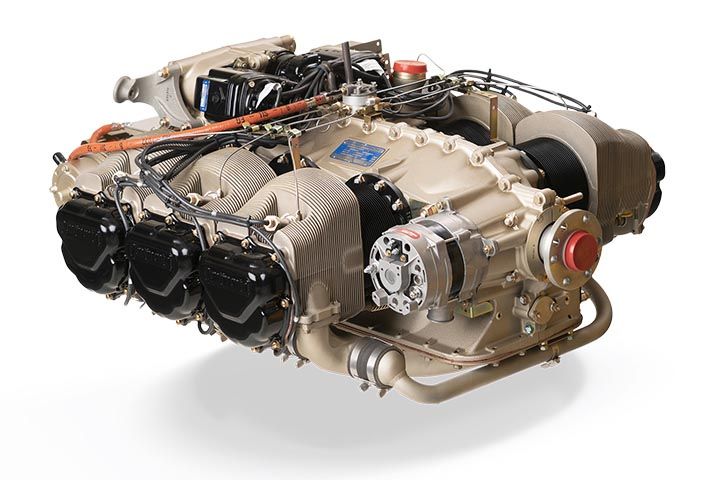
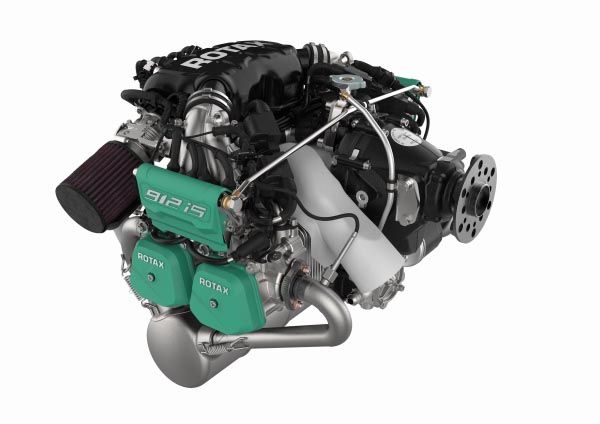
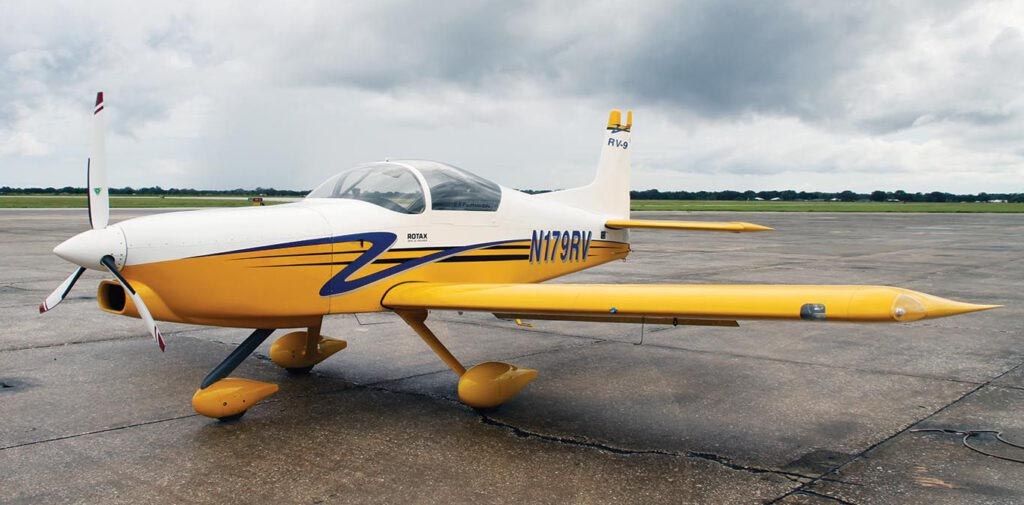







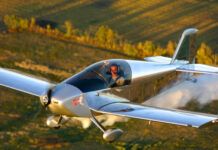


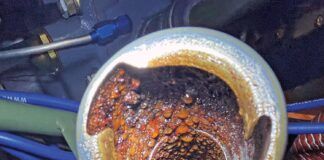
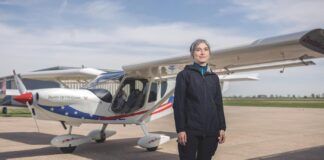
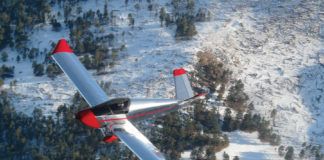
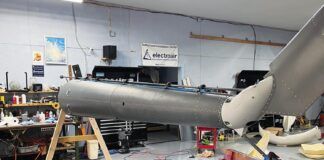
Already a 200 hp Rotax and it’s produced by Edge Performance in Norway.
Yep. “Tested to 202 hp,” and with a 1200-hour TBO. No doubt these are good engines, but the OEM market is going to want something with a 2000-hour TBO and not as highly tuned.
I’ve wondered if Edge is proving out Rotax’s concepts for them but per the numbers in the article, 200hp on the 900 series architecture is a reach too far, or at least farther than many single-engine pilots would be willing to make.
Rotax’s current conundrum is that their engines are a little too expensive and a little to light weight to STC their way into the GA market. We’ll continue to see lower volume experimentals and Light Sport’s being designed around them but until they make 200hp and 300hp class engines compelling enough for the OEM GA brands to design air frames around, they will probably stay in their current wheelhouse, where they are already very successful. Even with 160-200hp, I think their engines are too lightweight to retrofit into an air frame that was designed around an O320/0360 class engine.
Years ago Rotax did gear up to make a 300 hp V6, gear drive with turbo engine. It never came to market as the 2008 crash killed a lot of potenchal users cash and the busness case just did not work to produce it in the existing factory they had. They spent literally 10s of millions of Euros on the project before it was scrapped. The non-turbo version of that engine was to be 225 HP. In the end with the short stroke and gear drive engines I think that they have reached the max with this block and crank development. Indeed the 916 has beefed up crank and block to get the engine past the 1200 of the 915 and to 2000 of the 916. I am looking forward to a design of a 6 cylinder myself. I think Rotax can do it but it should be a clean sheet engine.
Here is what the Rotax 936 looked like.
https://www.rotax.com/en/100-years/historical-vehicles-engines/detail/type-936.html?fbclid=IwAR0piK9bnOzo91aDYZ4ZslfbC6KnD8lQ-D6c6wCO9c-06sC96AKx0yn_lB8
https://www.youtube.com/watch?v=nBlSS1SM_S8&list=TLGGO2AMOf_AhE0zMTA1MjAyNA
https://web.archive.org/web/20221003184359/https://www.rotax.com/en/100-years/historical-vehicles-engines/detail/type-936.html
A generally good article, but also with the usual implied “big torque number is good” misconception. In SAE units of horsepower and foot-lbs;
HP = Torque x rpm / 5252 … period, end of story.
Power moves things, torque is a byproduct of creating power with a rotating shaft. 428 lb-ft of max torque oh wow? A sumo wrestler on a bicycle can best that at near-zero rpm, but is not going to go anywhere very fast. As soon as his rpm increases, the amount of force he can push the pedal with (torque) drops off rapidly. Max HP, here about 1, doesn’t occur at max torque.
Any 200 hp piston engine will need to pump about the same volume of air per minute through it as any other. If limited to 2,500 rpm by directly driving a prop, cylinder will have to be large. A 200 hp engine limited to 5,000 rpm will have about half the displacement and be smaller and lighter, but, horror of horrors, have about 1/2 the max torque of the slower turning engine. But, use a 2:1 reduction gearbox and the max torque seen at the prop shaft becomes essentially the same. Math magic. Power matters, torque doesn’t.
Fat cylinders are stuck with 100 octane not only because of poor cylinder head design and archaic ignition. It’s mostly just a matter of physical size. Detonation happens when the IR heat energy from the initial burn ignites fuel some distance ahead of the flame front. A small cylinder doesn’t give this much time to happen. Limiting cylinder bore size allows higher compression with lower octane. Modern engines tend to limit displacements to under about 500 cc and if going larger, increase stroke rather than bore to be able to run decent compression on regular car gas.
Very sound points. While I understand the materials/cost argument against adding cylinders, your explanation concerning detonation supports it. Given their cylinders are modular (and paid for..) like legacy engines I see it as a path forward, even if this means new engineering for the case, crank and gearbox. And as the article points out, if such an engine’s weight got a little closer to that of the Lycoming 4cyl, it might create opportunity for STC’s and new development in the GA market.
Great article, similar progression in technology as the auto industry, big block 454 to Honda 1.5 Turbo…. Should have included Viking 195T and 140T as examples also as they are comparable to the engines you referenced.
Viking engines are auto engines with a fairly significant flaw for aviation -high pressure direct fuel injection. If the (very) high pressure fuel pump fails, the engine stops. There is no back-up.
Actually, I believe Viking changes the engines to a low-pressure injection system.
Do they? That’s good to hear. My understanding of them must be a little dated.
I guessing they will go the other way and have a three cylinder, no bigger than 2 litres, with turbo, to get near 200 HP.
It is what car makers are doing and what can be done with modern electronic injection is amazing, some car engines from Renault have up to seven intake squirts on each compression, ignition sequence to squeeze the most out of fuel.
Synergies too for things like the bikes and snow scooters they also power.
I’d have thought that having stroked., turbocharged and fuel injected the 80 hp 912UL, the next logical step would be six cylinders of the same dimensions and start the whole process again.
That said, a bigger bore four cylinder engine would not be an unprecedented development would it?
Lycoming followed a similar path with the O-320/O-360/0-390 didn’t they?
That would make a lot of sense. A normally aspirated ~190 lb six-cylinder 912iS of 150 hp would be a beautiful thing indeed.